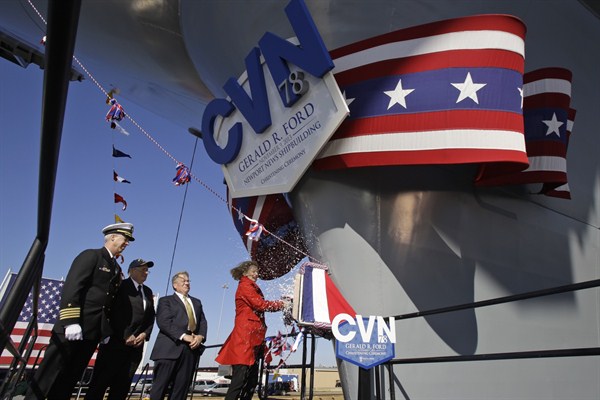To advocates, they are 90,000 tons of American sovereignty, deployable anywhere on the globe to project power decisively and at will. In crises, presidents ask, Where are the aircraft carriers? But to critics, they are hugely expensive and increasingly vulnerable monuments to a naval age gone by. They represent the past, not the future, of naval power.
Recently, this debate flared up again in the United States as prospective adversaries, like Russia and China, build long-range weapons and create anti-access and area-denial environments. Does the U.S. need aircraft carriers, and, if so, how many? The answer, not surprisingly, is complicated. Carriers are hugely valuable in conflicts, and while there are alternatives, they are not very good. But in high-intensity naval conflicts, the future of carriers is more uncertain: For 75 years the U.S. has not fought a comparable opponent at sea, even as potential adversaries have built increasingly powerful anti-carrier capabilities. In facing this future, most observers agree that the U.S. Navy should hedge its bets.
The current debate isn’t new. In fact, it has a long history. Aircraft carriers have been controversial since their inception. During the 1920s and 1930s, there were questions about whether carriers could provide the firepower of battleships; World War II provided a decisive answer. But after a brief moment of unquestioned dominance, carriers again came under scrutiny during and after the Cold War. Could they survive in modern conflicts, initially because of nuclear weapons and, later, because of long-range anti-ship missiles? The high cost of aircraft carriers also continuously raised questions about whether there were lower-cost alternatives.

